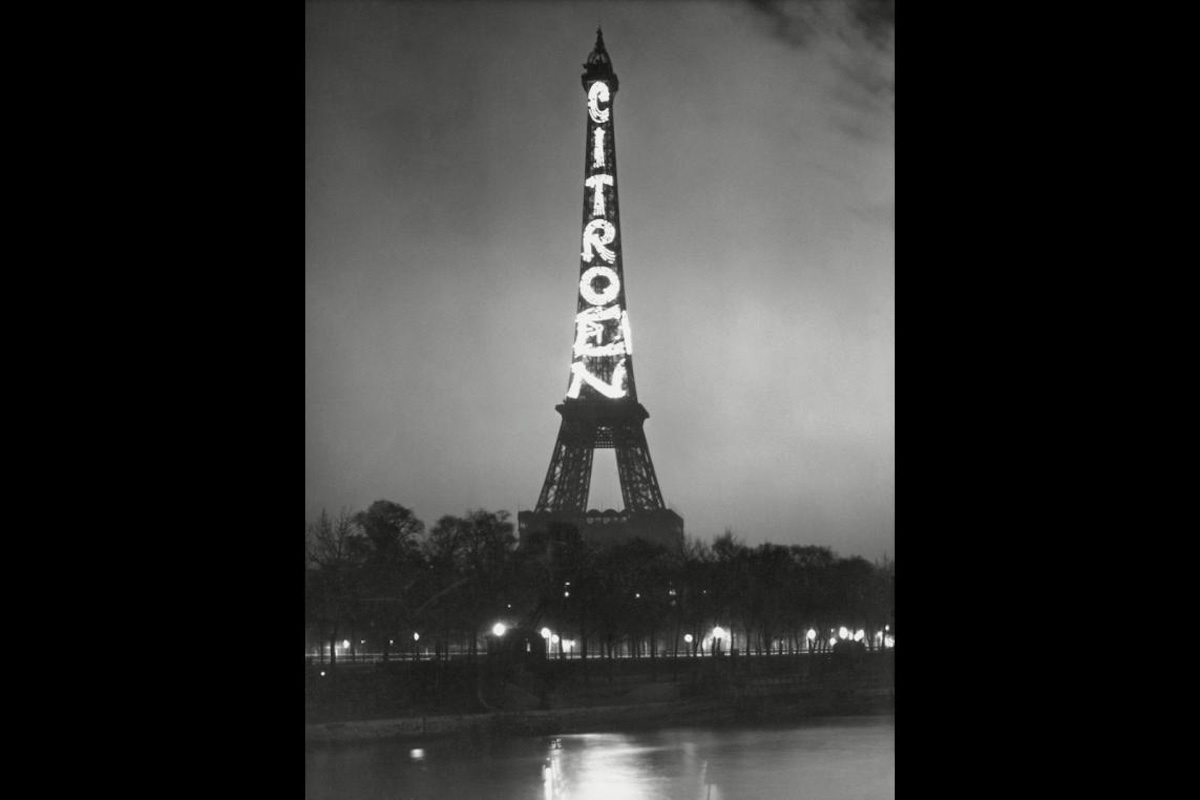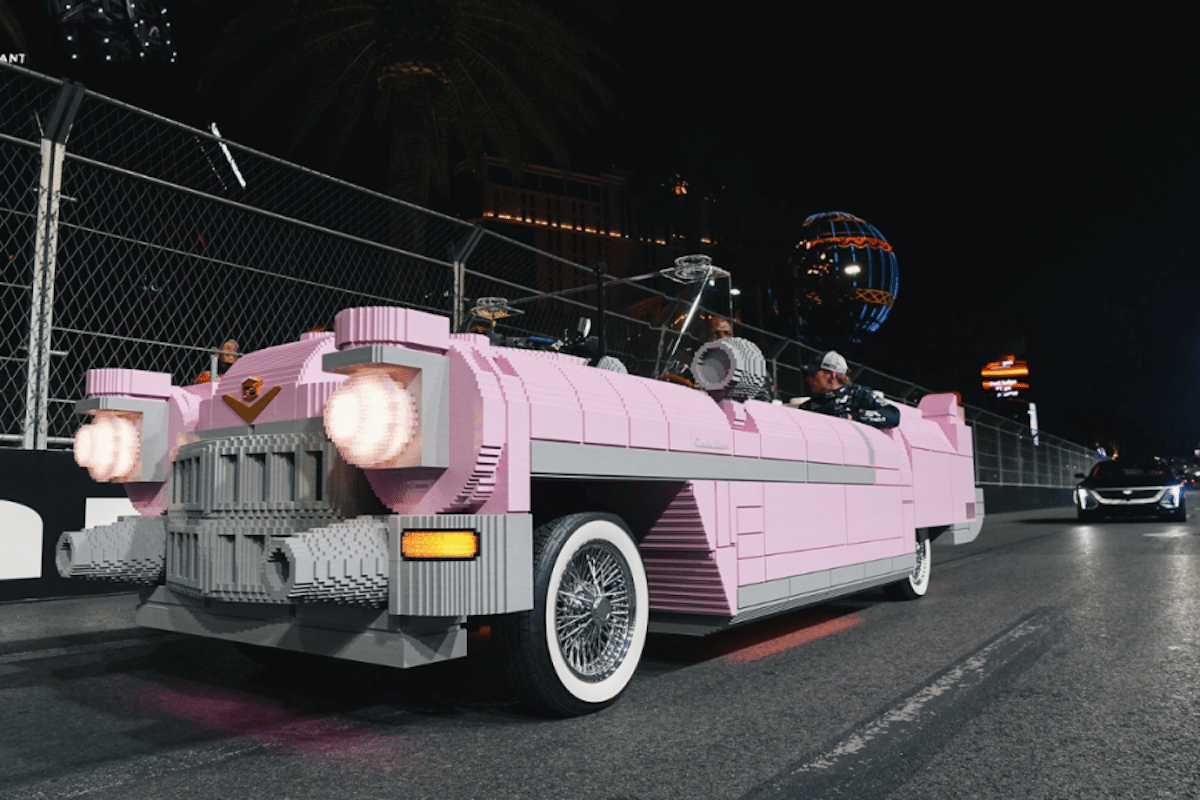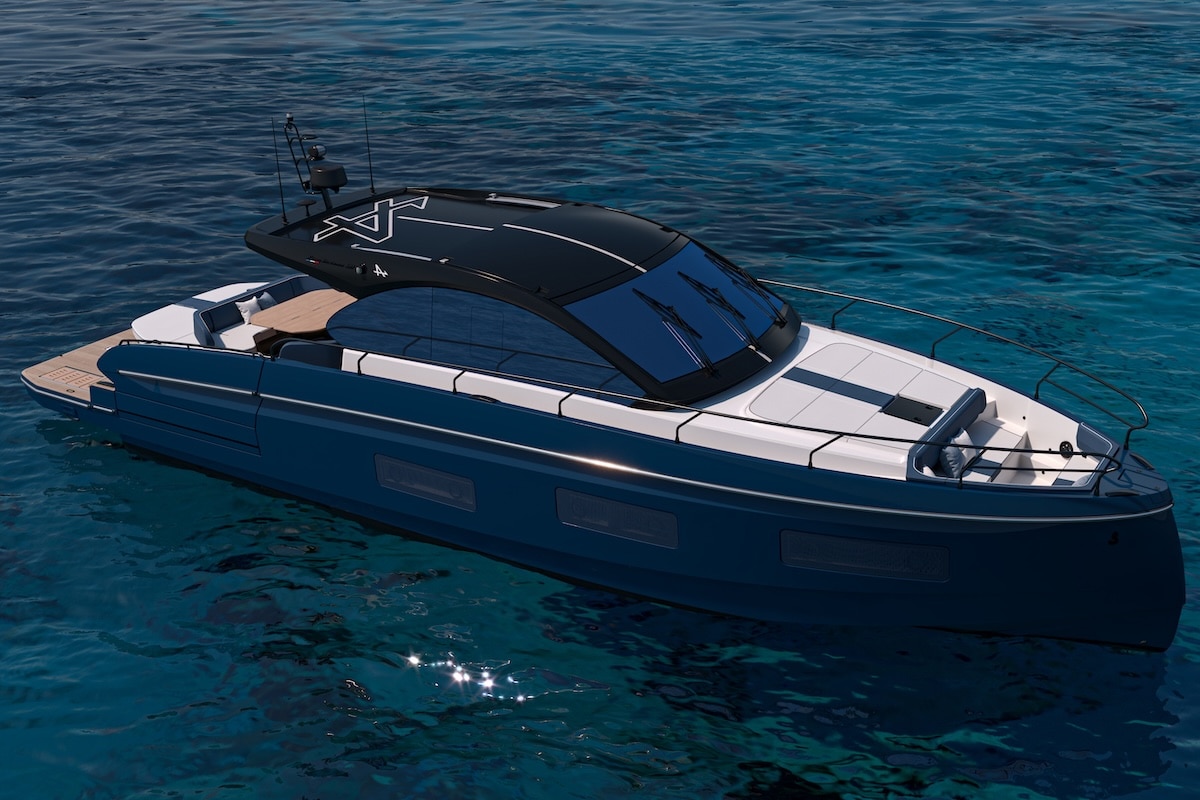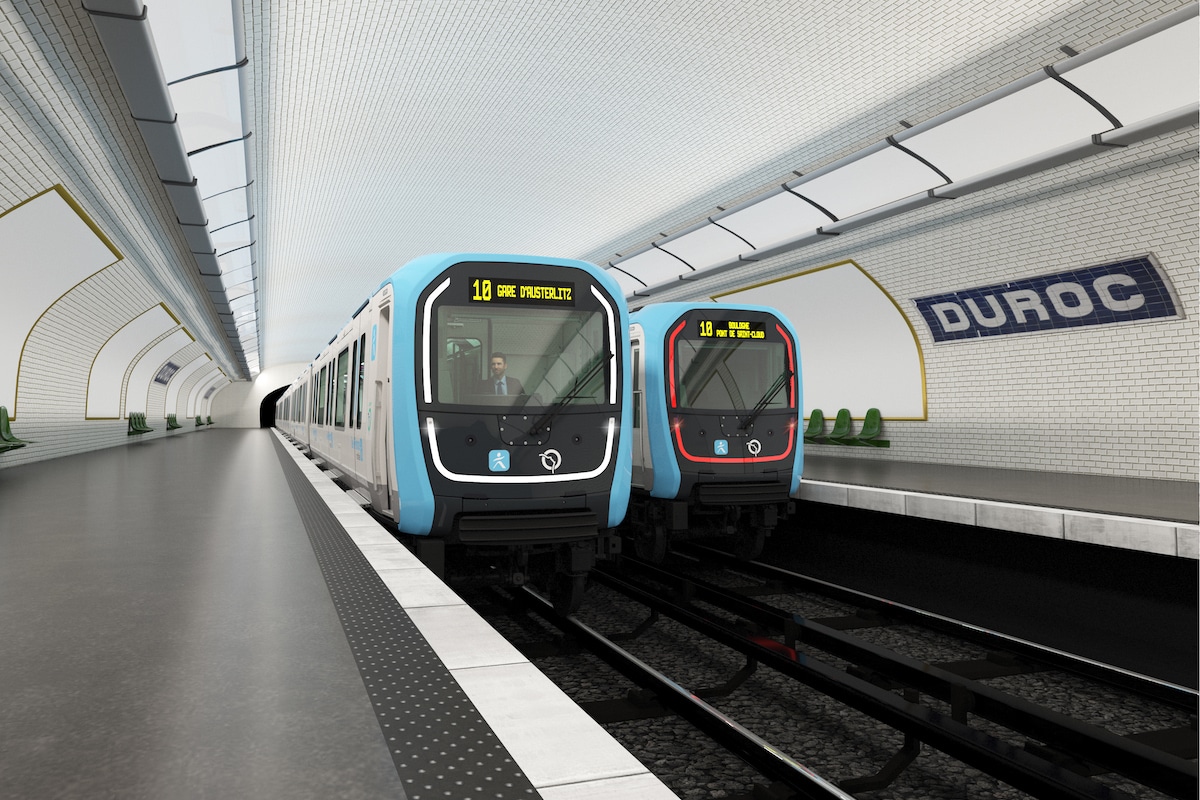100 Years Ago, André Citroën Acquired the Eiffel Tower

In July 1925, the Eiffel Tower became the largest advertisement in the world, displaying the name Citroën in lights.
On July 4, 1925, Paris held its breath. In front of thousands of spectators gathered at the Champ-de-Mars, the Eiffel Tower ignited with an unprecedented burst of light. In 40 seconds, nine light displays paraded: arabesques, rain of stars, comets… then, in giant letters, one name appeared: CITROËN, accompanied by the famous double chevron. That evening, André Citroën literally electrified the capital, offering the world one of the very first light spectacles of this magnitude.
This stunning display was born from a crazy idea of the Italian engineer Fernando Jacopozzi, nicknamed “the magician of light”, who was commissioned by the organizers of the International Exhibition of Decorative Arts to illuminate the Tower. To finance this colossal project, Jacopozzi approached wealthy industrialists. Initially skeptical, André Citroën quickly understood the potential of the operation: technical prowess, global reach, advertising impact. He agreed.
You might be interestedin this article:
The project was monumental: 250,000 bulbs of six colors, 600 kilometers of cables, letters 30 meters high on three of the four faces of the Tower. In just 15 days, everything was designed, installed, and connected. And on July 4, the magic happened: Paris, and then the whole world, saw an Eiffel Tower like never before.
For nearly ten years, until 1934, Citroën illuminated the Tower every week. True to its spirit of innovation, it regularly renewed the installation: in 1928, two light dials indicated the time; in 1934, a giant thermometer 160 meters high displayed the temperature. The operation not only showcased the name Citroën but also the image of a bold brand rooted in modernity and resolutely focused on the future.
By combining technology, communication, and staging, André Citroën did not just light up Paris: he established a new way of thinking about the automobile, as a symbol of freedom, progress, and spectacle. That night in 1925, more than a stroke of marketing genius, embodied the ambition of a visionary industrialist.
ALSO READ: André Citroën soon to be in the Pantheon?
This page is translated from the original post "Il y a 100 ans, André Citroën s’offrait la Tour Eiffel" in French.
We also suggestthese articles:
Also read






